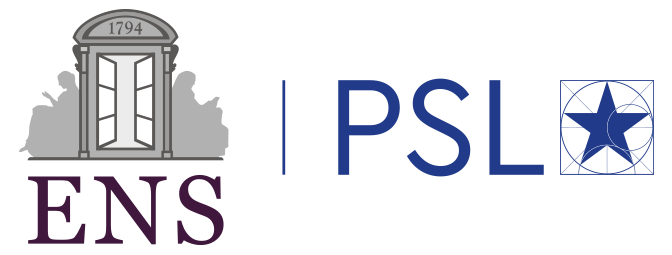Domaines
Condensed matter
Statistical physics
Soft matter
Physics of liquids
Nonequilibrium statistical physics
Non-equilibrium Statistical Physics
Kinetic theory ; Diffusion ; Long-range interacting systems
Nanophysics, nanophotonics, 2D materials and van der Waals heterostructures,, surface physicss, new electronic states of matter
Type of internship
Théorique, numérique Description
Research overview
The formation of a crystal is triggered by the emergence of a nucleation core. Classical nucleation theory (CNT) is widely employed to discuss its nature and its origin. In CNT, the thermodynamically stable phase is always the one that grows first and its size is then driven by the free energy competition between how much it costs to build a liquid-crystal interface and the gain from growing the crystal. Yet, following Ostwald’s rule, another structure may emerge beforehand if it is closer in free energy to the mother phase. Then, structural and also chemical reorganizations happen during the growth. This multi-stage nucleation mechanism already appears in bulk systems but can be amplified in nanocrystal nucleation where surface effects and chemical reactivity are enhanced. For nanoscience to be inspired by the practical applications instead of still being driven by the synthesis possibilities, it is crucial to reach a better understanding of the unique crystallization mechanisms leading to nanocrystals.
Simulation project
Atomistic simulations will be performed to study crystallization of binary particles. Examples will be taken from well-studied materials including CuZr, NiAl, NaCl, Water... We will investigate the correlation between the thermodynamic conditions and the final nanoparticles. The goal is to ultimately better understand how nucleation theory is affected by downsizing to the nanometric scale.
Contact
Julien LAM
